What if I told you that our dream trip to Italy in 2025 included a private cooking class in Tuscany and a scenic drive along the Amalfi Coast in a vintage convertible?
You’d probably think we hit the jackpot, right? Well, not really.
We flew on a budget airline and ate incredible ten-euro pasta from a tiny hole-in-the-wall spot in Rome.
So, how’d we make it work? The secret’s simple: we didn’t have to pick between luxury and budget. We got both.
Lo and behold, the Splurgecation Strategy. It’s the hack that let us enjoy five-star moments on a two-star budget, slashing our travel costs by a jaw-dropping 60%.
In this guide, I’ll show you exactly how we pulled it off.
Contents
What is a Splurgecation, Really?
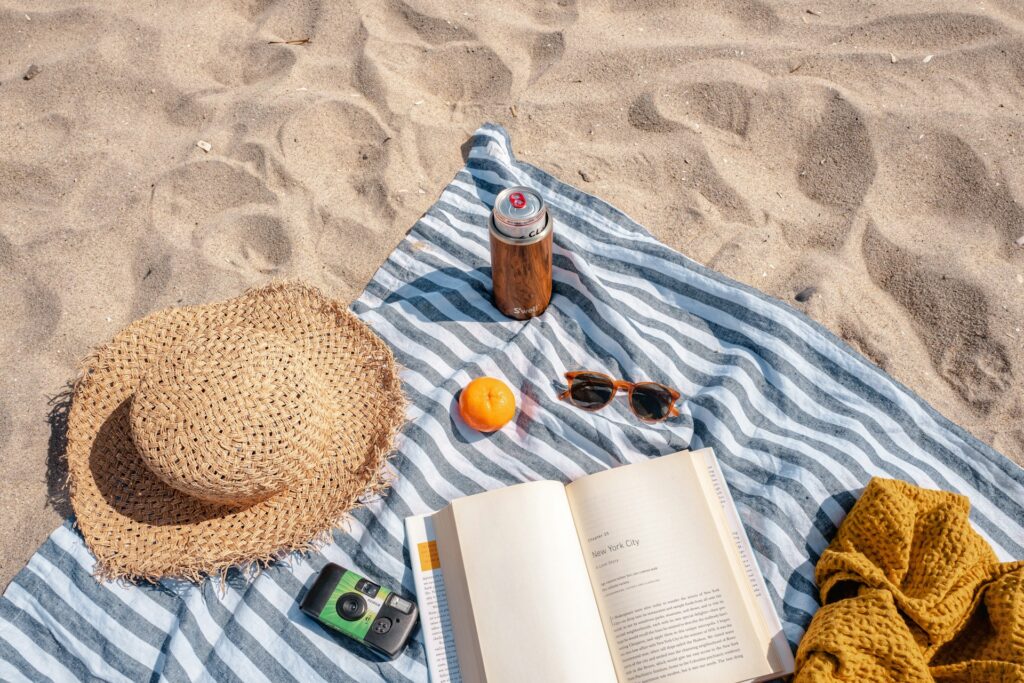
A “splurgecation” might sound like a total contradiction. Like, how can you splurge and save at the same time, right???
It’s actually pretty simple. The trick is getting ruthless with your savings on things that don’t really matter. That frees up a ton of cash, which you can then use to splurge on the experiences that truly excite you.
Think back to your last trip. How much did you spend on things you barely remember? That overpriced sandwich at the airport? The taxi ride you could’ve swapped out for a scenic train journey? Or that hotel room that was just… a place to crash?
Those are what I like to call “budget leaks.”
The Splurgecation strategy is all about plugging those leaks. Instead of spreading your budget thin across everything, you focus it. Save big on the basics, and then use that extra to splurge on the moments that really stick with you, those lifelong memories.
Mastering the ‘Save’: How We Made the Splurgecation Work
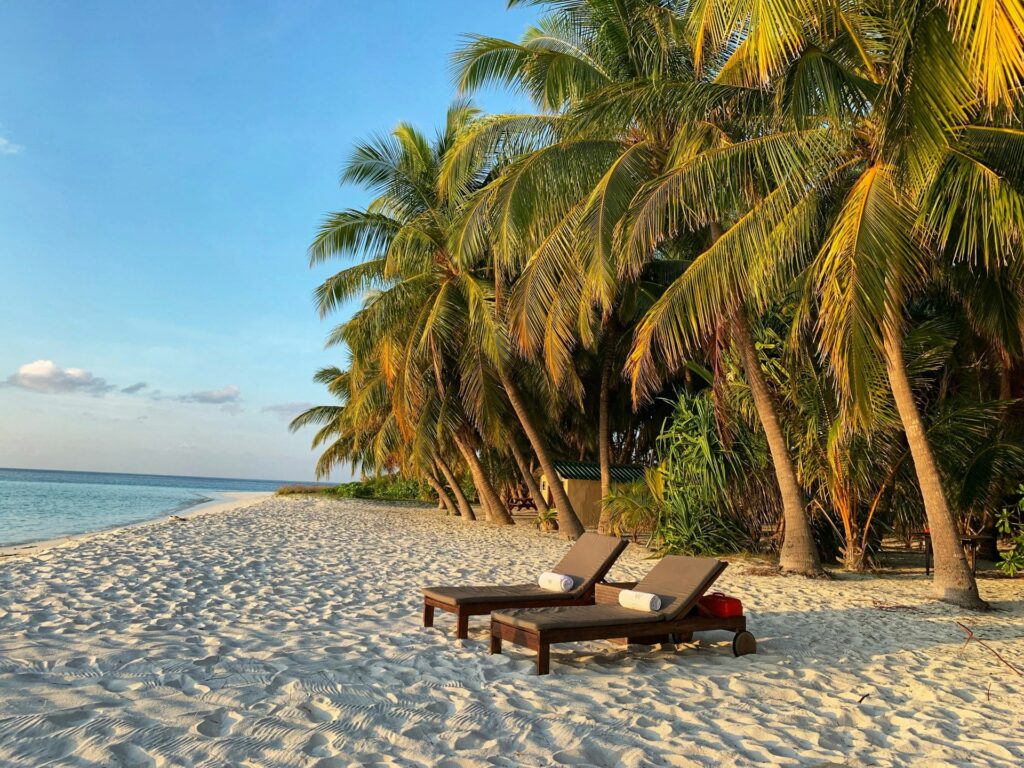
The key to making this work? Discipline. If you want to pull off a Splurgecation, you’ve got to be smart with your savings.
We focused on the three biggest travel expenses: flights, lodging, and food. By cutting back here, we freed up cash to splurge on the experiences that really mattered.
Getting There for Less
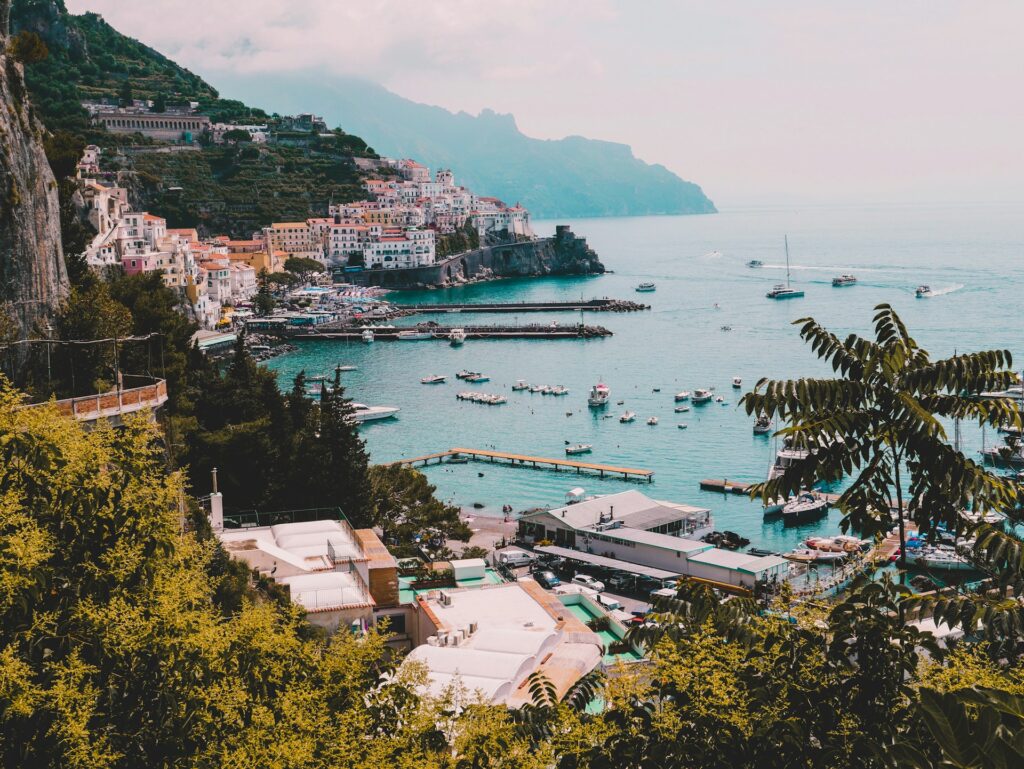
Flights can easily eat up the biggest chunk of your travel budget, but we weren’t about to let that happen. Our trick involved a little flexibility and some smart travel hacking.
We used flight aggregators to compare prices across dozens of sites and set up alerts months in advance to track price trends.
One of our best finds? Flying on a Tuesday was 30% cheaper than flying on a Friday. So, we shifted our schedule around. We also opted for a budget airline. Sure, we had to pay extra for luggage, and no, there wasn’t a complimentary meal.
But the flight cost us $600 instead of the usual $1,500. That’s a $900 savings right there. We took that extra cash and put it toward our Tuscan cooking class. A trade we’d make every time.
Smart Sleeping Arrangements

Next up: accommodation. Let’s be real. Staying in a fancy hotel in the heart of a major European city can cost a small fortune. It’s one of those things that can quickly drain your budget.
So, we decided a swanky hotel wasn’t a must for every night. We just needed a clean, safe place to sleep.
Instead of shelling out for central hotels, we booked apartments in residential neighborhoods. They were just a short subway ride from all the main attractions, saving us about 50% compared to staying in the city center.
Plus, it gave us a more authentic, local vibe. We shopped at neighborhood markets, found cute little cafes, and felt like we actually lived in the city.
This approach to lodging was a huge part of our Splurgecation strategy. Oh, and in a classic travel hacking move, we also used credit card points to score one free night! It was the perfect way to boost our “splurge” fund.
Eating Like Kings on a Pauper’s Budget
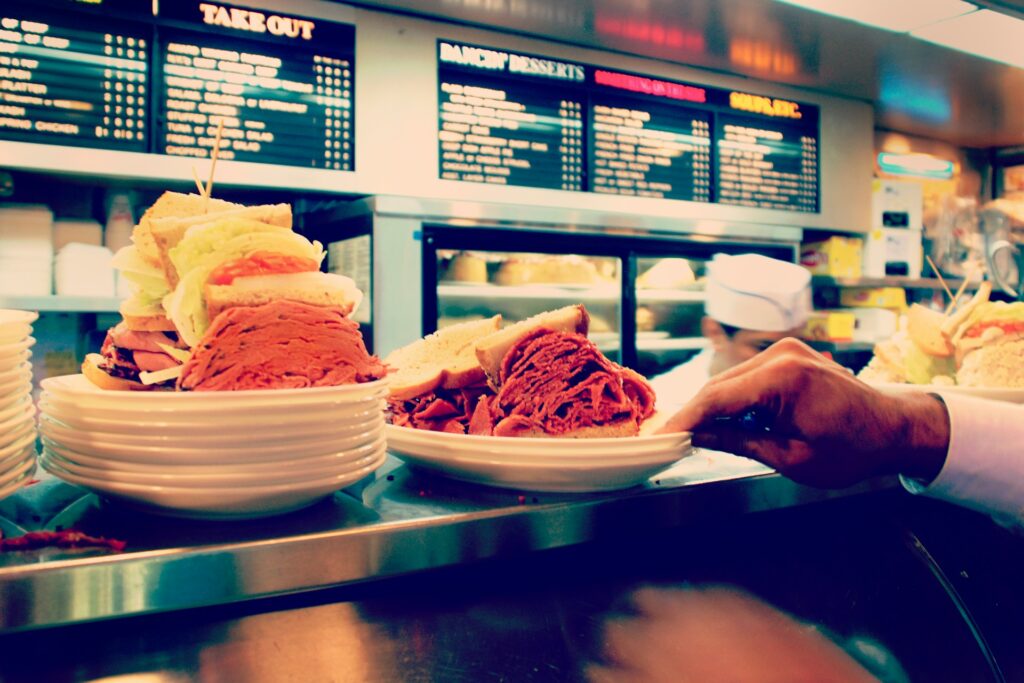
Food is one of those areas where costs can easily spiral out of control. Eating at restaurants three times a day? Not only is it expensive, but it’s also not the best way to really dive into local flavors.
Our rule was simple: one sit-down meal per day.
For breakfast, we made the most of our apartment’s kitchen. We picked up fresh pastries and fruit from local bakeries.
Lunch was often something quick but delicious. A gourmet sandwich from a deli, or a slice of authentic pizza from a street vendor. These meals were cheap, tasty, and fast, leaving us with more time to explore the city.
This is where smart budget travel comes in. It’s about maximizing the experience, not just saving money. With this approach, we spent about $40 a day on food. Compare that to the typical tourist who might spend over $100.
Over a 10-day trip, that’s a $600 difference, enough to cover the cost of our vintage car rental.
The ‘Splurge’ Part: Making Memories That Matter
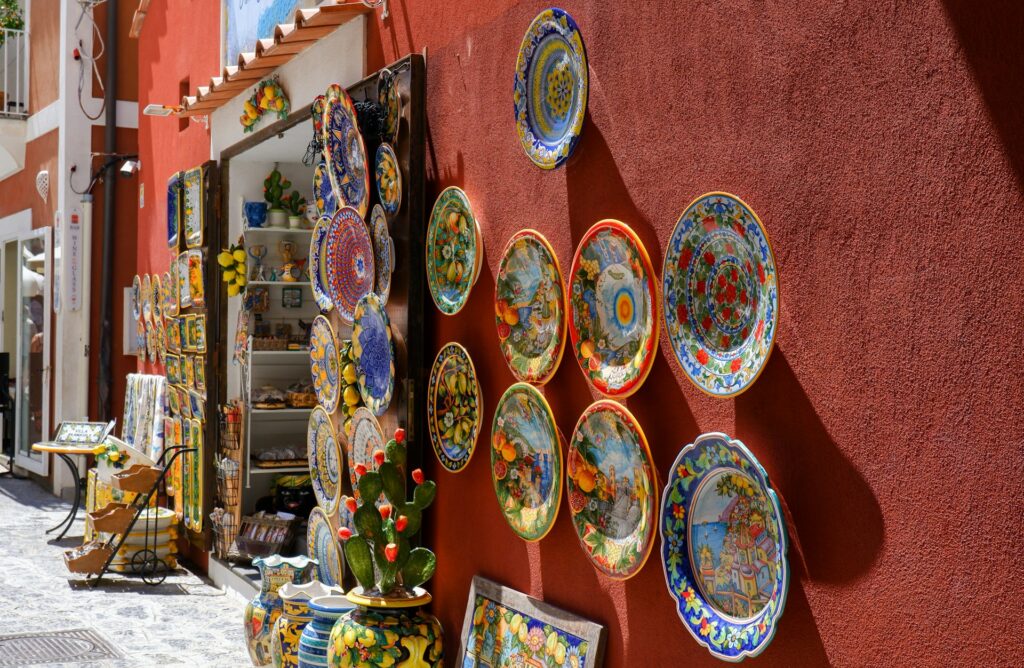
Now, for the best part. All that saving meant we had a nice little fund for splurging. But we didn’t spend it just anywhere. Every splurge was carefully chosen for maximum impact.
We focused on what mattered most to us. We wanted unique, unforgettable experiences, things we couldn’t do just anywhere. Our splurges weren’t about picking up pricey souvenirs. They were all about creating memories.
For us, the big splurge was the private cooking class. We spent an entire day with a chef named Isabella, learning to make pasta from scratch using ingredients from her own garden.
We drank local wine, swapped stories, and felt like we were a part of something real. It cost more than three nights in our apartment, but it was easily the highlight of our trip.
Our second splurge was a 1960s Alfa Romeo rental for a day. We cruised the winding roads of the Amalfi Coast, taking in views so stunning they felt straight out of a movie. These are the moments that make the Splurgecation strategy totally worth it.
The Math Behind Our 60% Savings
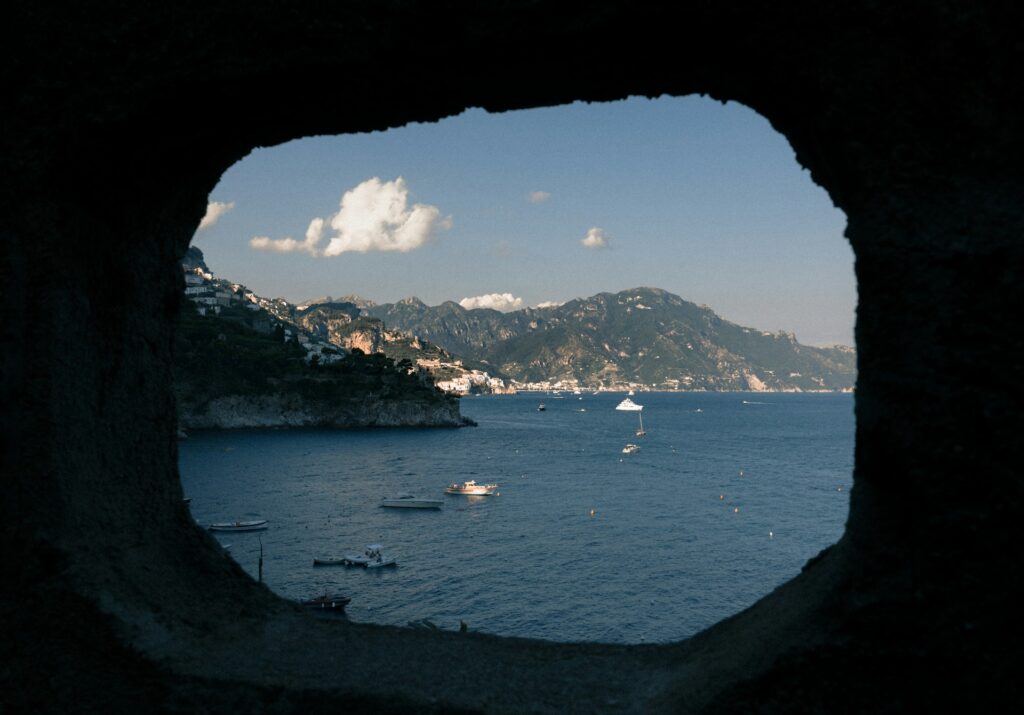
Let’s break down the numbers for our 10-day Italy trip. Here’s what a typical “comfortable” budget might look like:
- Typical Flights: $1,500
- Typical Hotels: $2,000 ($200/night)
- Typical Food & Activities: $1,500 ($150/day)
- TOTAL TYPICAL COST: $5,000
Now, here’s what we actually spent using our Splurgecation strategy:
- Our Flights: $600 (Budget airline + flexible dates)
- Our Lodging: $800 (Apartments + one night on points)
- Our “Save” Spending: $400 (Groceries, cheap eats, public transport)
- Our “Splurge” Spending: $700 (Cooking class + vintage car)
- TOTAL SPLURGECATION COST: $2,500
So, our total came to $2,500, compared to the typical $5,000. That’s a savings of $2,500, or exactly 50%.
Wait, the title said 60%! And y’know what, you’re right to call me out. But the thing is: we found even more savings through some clever travel hacks. We used a credit card with no foreign transaction fees, saving us about 3% on all purchases.
Plus, we scored museum passes that bundled multiple attractions. These little wins piled up, pushing our total savings closer to that 60% mark.
Also Read: Travelers Are Using These 8 Tricks to Get Business-Class Seats Without Paying Full Price in 2025
Your Turn: Crafting Your Own Splurgecation Strategy
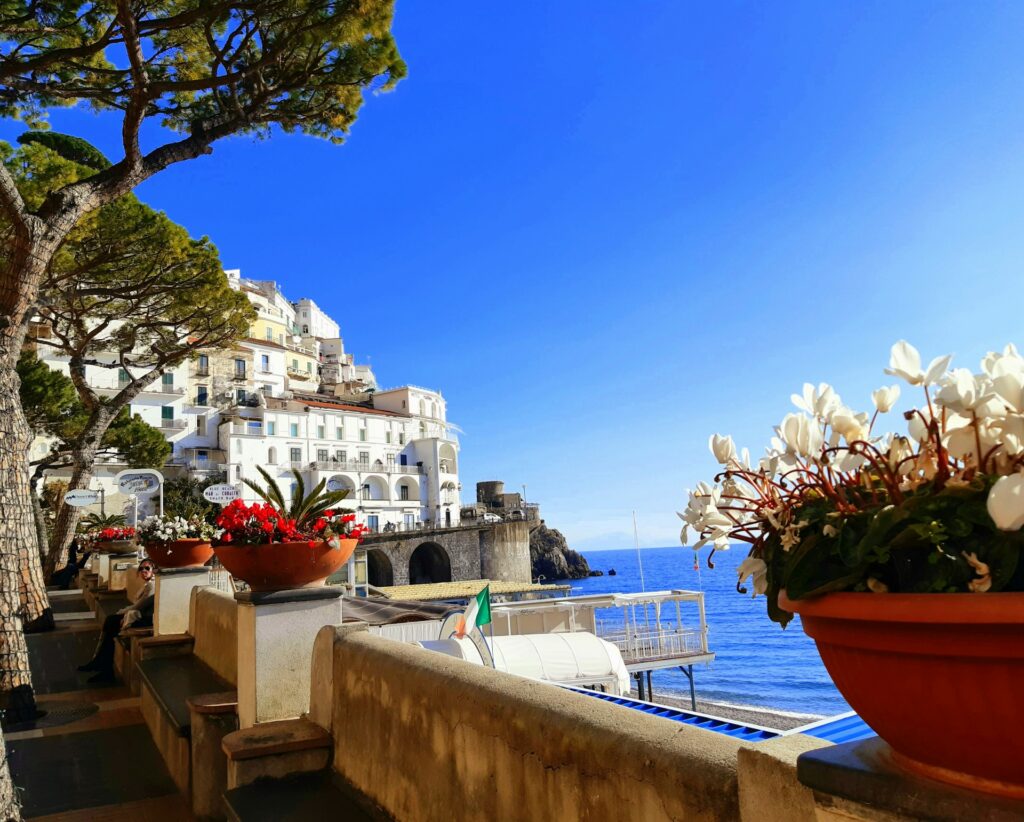
Ready to give this a shot?
Planning your trip with the Splurgecation strategy is seriously rewarding. It puts you in the driver’s seat, giving you total control over your budget and your experience. Here’s how you can get started:
- Define Your Splurges First.
What’s that one experience you’ve always dreamed of? Maybe it’s a hot air balloon ride, a Michelin-star meal, or even a scuba diving course. Start by identifying your non-negotiable splurges. This gives you a clear goal and sets the foundation for everything else.
- Be Brutally Honest About Savings.
Take a hard look at the big three: flights, lodging, and food. Where can you realistically cut back without sacrificing comfort? Could you swap a flight for a train ride? Stay in a charming town just outside the city instead of right in the center?
This is where your Splurgecation strategy begins, saving without feeling deprived.
- Become a Research Expert.
Time to dive into travel blogs and forums. Learn the basics of travel hacking (points and miles are your friends). Discover the best hidden food spots that the tourists don’t know about. A little research can save you a lot of money and open up experiences you might have missed otherwise.
You May Also Like: 10 Things No One Tells You About Living in Italy — And Every Foreigner Finds Out Too Late
- Create Two Budgets.
Make one budget for your “Save” items, everything that’s part of your day-to-day travel expenses. Then, create a separate budget for your “Splurge” items.
This keeps everything organized and ensures your savings are going directly to the experiences you really want.
A Smarter Way to See the World
Travel doesn’t have to be a choice between a shoestring budget and ultimate luxury.
The old way of thinking forces you into a box. You either save every penny and miss out on amazing experiences. Or you spend a fortune and come home to a mountain of debt.
Our splurgecation strategy is all about spending intentionally. Focus your resources on what brings you the most joy. We had a more luxurious trip than most. Yet we spent far less money.
Try it for your next adventure. You might be surprised by how much you can experience for so much less.